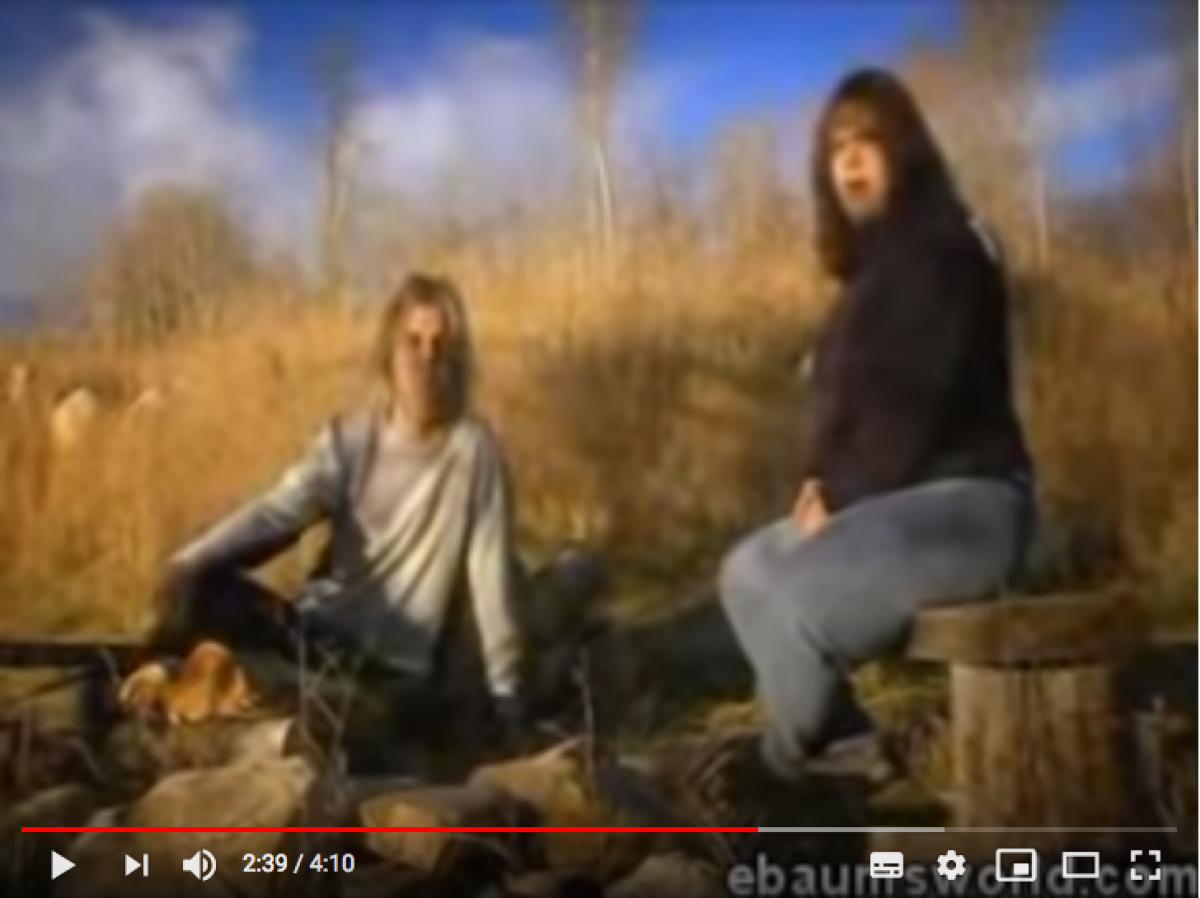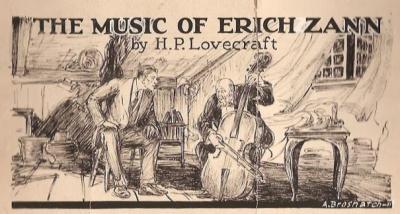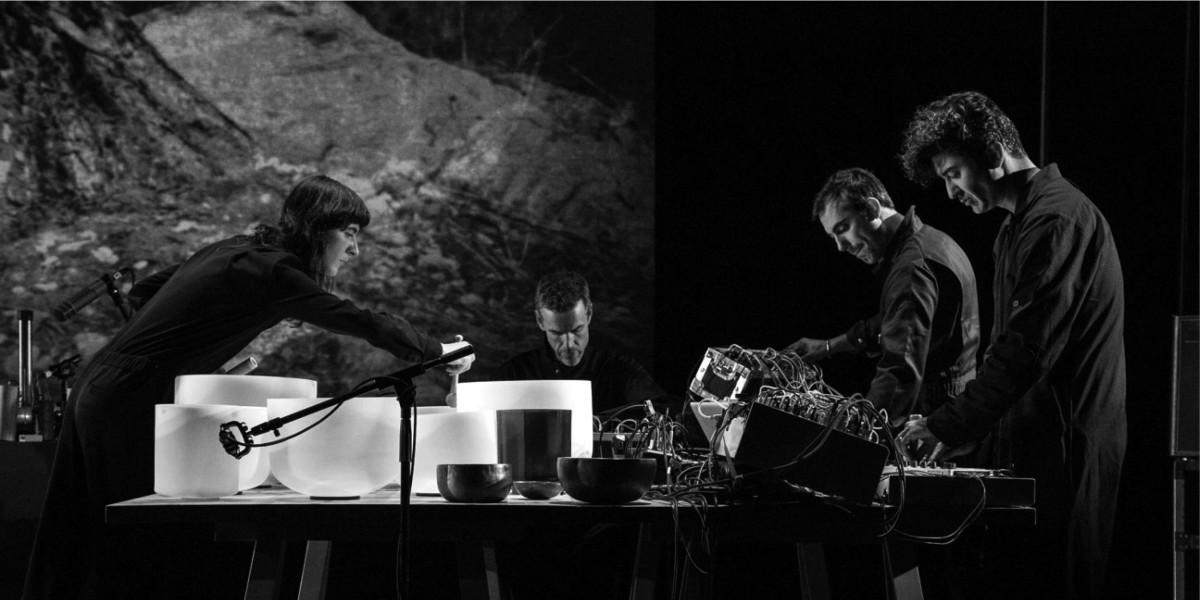
Sampling Stories Vol. 16: Eomac
Sample-based electronic music often relies on extra-musical content such as media material from YouTube that, however, remains unknown to the listener. Tracing the genesis of a track by electronic producer Ian McDonnell (Eomac, Lakker) we can follow the steps to learn how sampling is used to replace a conventional vocal track. Last but not least this sampling strategy opens a bundle of continuative questions on the circulation and handling of media material in times of Web 2.0.
It is a murmuring and rotary vocal sample that catches the ear of the listener after the song’s pulsatile but indeterminate rhythm for a while. No words are understandable, not even syllables. What remains is a distant and uncanny fragment of something that once had been a human voice. Little by little, the rhythm gets stronger, industrial noises and drones slowly fade into background and the sample, in turn, dissolves. Yet, in the memory of the listener, the voice still seems to be there, but it is now nothing more than a haunting ghost.
Intending an Eerie Atmosphere
The track «Perversas» (2017, Candela Rising) by Eomac is one of those tracks where extra-musical content has been sampled, but the source and its meaning remains unimportant, at least to a certain degree. What McDonnell has processed here is a short loop from a YouTube excerpt from a documentary on people who feel sexually attracted by animals (bestiality). It is a disturbing topic and it was this feeling of uneasiness and discomfort that Eomac wanted to incorporate into the track, as he explained to me. After having «bookmarked» the video in his personal sampling library, he eventually returned to it when he started to work on the track, beginning with some synth sounds that have a kind of eerie and strange atmosphere. McDonnell remembered the video and thought it might suit the intended atmosphere. To avoid the track being too «cheesy», he increasingly obscured the sample. While one could still follow the words in older versions, the sample appears manipulated until obscurity in the final track due to a couple of applied effects.
When YouTube Defines Popular Music
Obviously, for Eomac there is no need to refer to the original source – apart from the title that gives a little indication of the sample’s origin (but hardly to decode without any further knowledge). Although the vocal sample is used to replace a conventional vocal track, it functions as a melodic line that borrows from its source nothing more than an abstract feeling. Below the line this sampling strategy represents the characteristic flow of viral media material through today’s digital culture. And it opens a bundle of continuative questions: What does it means for the future sound of popular music when the algorithms of YouTube (thanks to them McDonnell came across the source video at all) are influencing what we are listening to? Or what does the consumption and procession of the viral video tell us about the relationship of today’s Web 2.0-shaped society to the practice of voyeurism?
This commentary has been written on the basis of an interview in Berlin on 24.1.2018. This article has been published in the context of the PhD research on sampling in experimental electronic music by Hannes Liechti. For more info click here.
Biography
Published on April 01, 2018
Last updated on April 30, 2024
Topics
Why does a Kenyan producer of the instrumental style EDM add vocals to his tracks? This topic is about HOW things are done, not WHAT.
Sampling is political: about the use of chicken clucks or bomb sounds in current music.
What is it to be a voyeur in a world where everybody sees each other? What’s the difference between obsessed observation and the mundane swiping through Instagram?
Special
Snap





